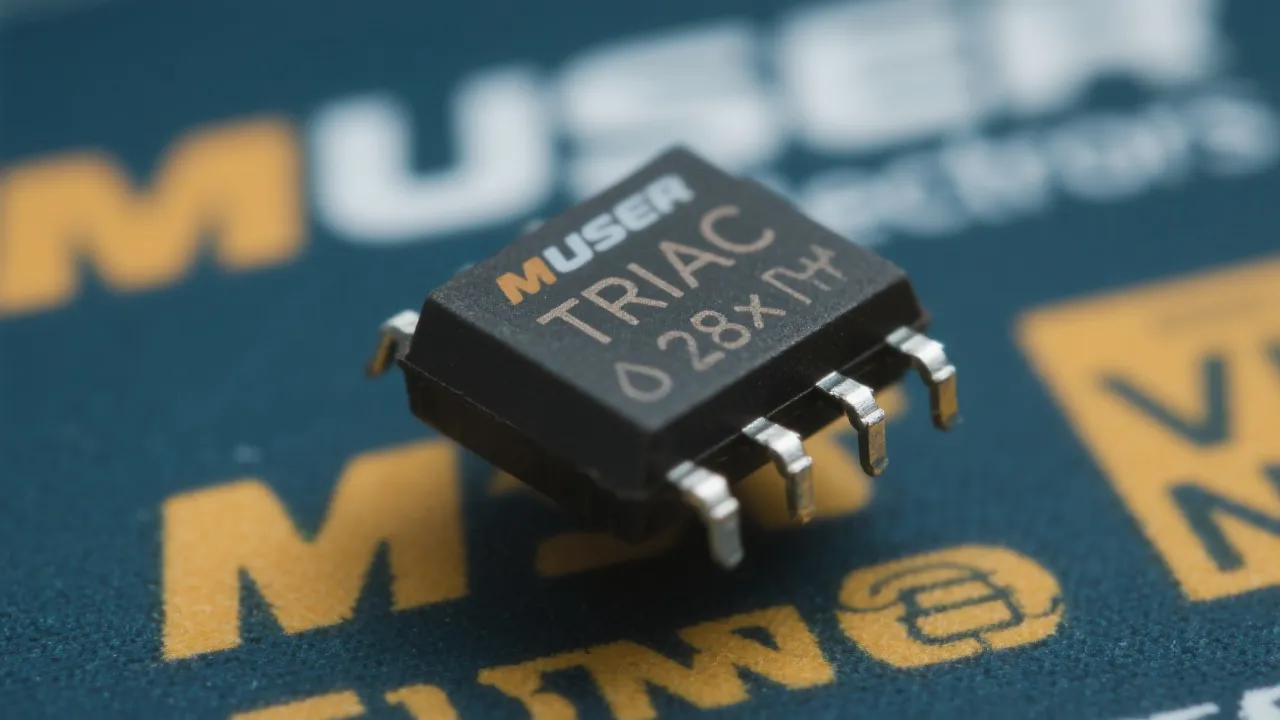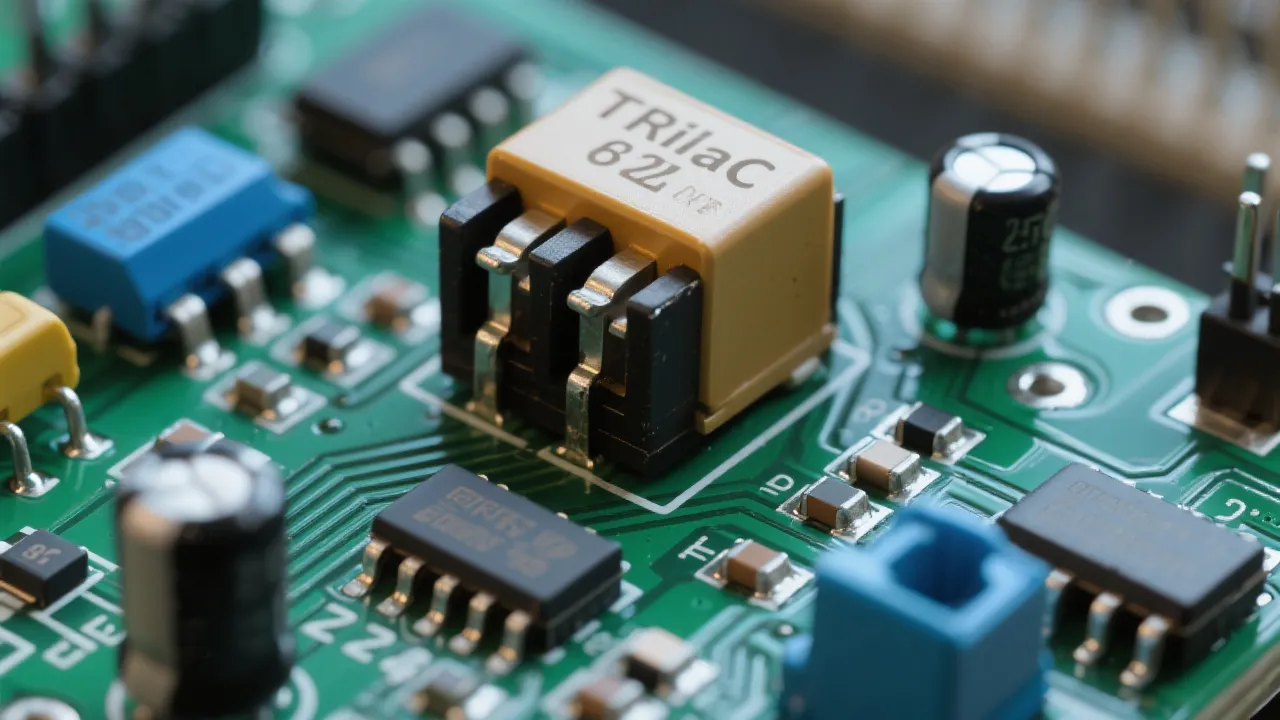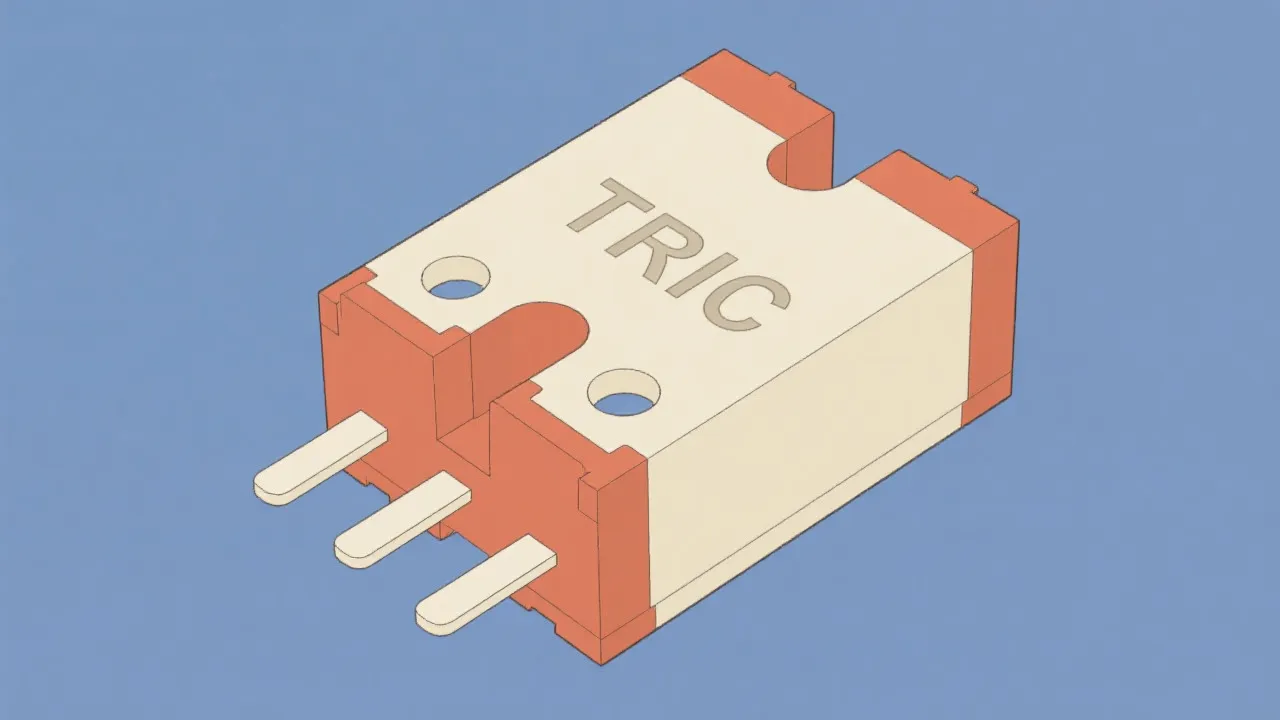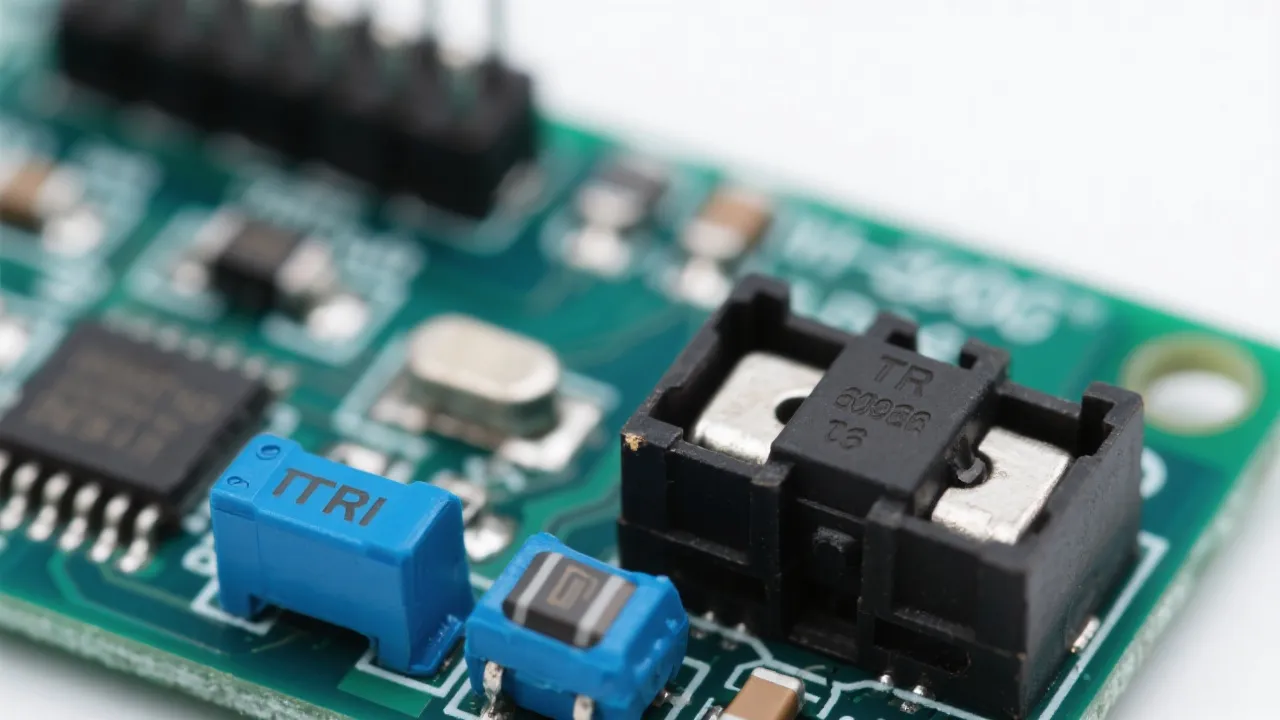Comprehensive Insight into Opgw Oplat
The integration of Opgw Oplat into power grids represents a technological advancement that enhances transmission efficiency and connectivity. Typically installed on high-voltage power pylons, Opgw (Optical Ground Wire) serves a dual function by protecting against lightning and enabling data transmission. Oplat, a related concept, further enhances these utilities. This article delves into their functionality, applications, and benefits.

Understanding Opgw and Its Role in Modern Grids
Optical Ground Wire, commonly known as Opgw, plays an instrumental role in modern electricity transmission systems. Installed on the same pylons that support high-voltage power lines, Opgw serves two primary functions: it shields power lines from lightning strikes and facilitates high-speed data transmission essential for grid monitoring and management. As power demands continue to rise and networks become more intricate, the role of Opgw becomes increasingly critical, ensuring both safety and efficient operation of electrical power systems.
The Dual Functionality of Opgw
Opgw cables house optical fibers within a metal tube, offering crucial protection against environmental elements while ensuring the uninterrupted flow of data. These cables are indispensable in modern power grids, where real-time data concerning the electrical flow and line status is crucial for efficient management and remote operation of the entire grid system. The integration of Opgw into the power grid not only enhances reliability but also optimizes the performance of smart grids, which rely heavily on data analytic systems to predict and mitigate failures. Moreover, the data transmitted through Opgw can be utilized for various purposes, including load balancing, outage detection, and predictive maintenance, thus allowing for proactive measures to ensure continuous service and grid stability.
Embracing Oplat for Enhanced Efficiency
Oplat, while less commonly referenced, is a term related to optical ground wires and often involves enhancements in the technology utilized within these systems. It focuses on improving the efficiency and reliability of Opgw installations, contributing to less frequent maintenance and greater longevity of the transmission infrastructure. Oplat solutions are designed to be scalable and adaptable, making them suitable for different grid scales and expansions. This adaptability is especially valuable in the context of renewable energy integration, where power generation sources may frequently shift and fluctuate depending on environmental conditions. By employing Oplat designs in conjunction with conventional Opgw systems, utilities can provide more reliable backing for their operations, particularly in areas heavily reliant on fluctuating energy sources such as solar and wind.
Applications and Benefits
- Enhanced Grid Communication: By using optical fibers for high-capacity data transmission, Opgw and Oplat facilitate enhanced grid communication, crucial for the operation of smart electrical grids. This advance allows for quicker response times to grid anomalies and more comprehensive data collection, which in turn leads to better overall management strategies.
- Reliability: Provides a reliable protective shield against environmental stressors, ensuring the continuous operation of electrical power lines. The dual purpose of Opgw means that even in adverse weather conditions, electrical transmission can continue seamlessly.
- Cost-Effectiveness: While initial installation may be costly, the long-term benefits include lower maintenance costs and fewer outages, making it a cost-effective solution in the long run. The decrease in downtime and repair costs contributes significantly to the overall financial viability of implementing Opgw systems in new or existing grids.
- Data Collection and Monitoring: Opgw systems facilitate real-time monitoring of grid conditions through advanced data analytics. This allows operators to examine a wealth of data collected such as temperature, vibration, and environmental factors impacting grid performance, leading to greater foresight and operational agility.
- Integration with Renewable Energy Sources: As the role of renewable energy sources grows in the power industry, Opgw aids in managing the complex data needs associated with diverse generation sources. It streamlines communication between power generation facilities and the grid, allowing for better coordination of energy supply and demand.
Challenges in Deploying Opgw and Oplat
While the advantages of Opgw and Oplat systems are clear, their deployment does face several challenges. These include high initial installation costs, the complexity of integrating new technologies into existing infrastructure, and the need for skilled personnel to manage and maintain these systems. In regions with less developed infrastructure, these challenges can be particularly pronounced, requiring significant investment and strategic planning.
The high upfront costs associated with Opgw and Oplat systems can be a barrier, especially for smaller utility companies or those in developing regions. The expenses involved in upgrading legacy systems to accommodate modern technology might discourage necessary investments, even when the long-term benefits are evident. Furthermore, integrating advanced communication systems with existing infrastructure can pose logistical challenges, as utilities must ensure compatibility and functionality without disrupting ongoing operations.
Additionally, the technical expertise required to install and maintain Opgw systems can be a limiting factor. Utilities often face a shortage of qualified personnel who possess the necessary skills to manage advanced telecommunication and data processing systems. This shortage may lead to increased reliance on external consultants and higher operational costs due to outsourcing of skilled labor.
In summary, while Opgw and Oplat provide transformative opportunities for modern electrical grids, addressing these challenges effectively is crucial for widespread adoption and implementation. Utilities need to strategize and invest in training programs, as well as collaborate with technology providers to streamline installation processes and mitigate challenges associated with transitioning to advanced grid systems.
The Future of Opgw Technology
The future of Opgw technology looks promising as ongoing innovations strive to enhance its efficiency, durability, and data handling capabilities. Advances in materials science are expected to produce stronger and lighter cables that can withstand harsher environmental conditions, reducing the risk of damage and extending their lifespan. Additionally, improvements in fiber optics may allow for even higher data transmission speeds, further augmenting the capabilities of modern electrical grids.
Furthermore, with the growing trend towards the digitization of power grid assets, Opgw technology can be integrated with other smart technologies, such as the Internet of Things (IoT). This convergence promises unprecedented opportunities for enhanced grid management and self-healing capabilities by enabling real-time data sharing and analysis across different operational domains. For example, smart sensors embedded within Opgw systems can continually monitor line integrity and environmental conditions, automatically alerting operators of potential threats and enabling rapid response to mitigate risks.
In addition to technological advancements, the expansion of renewable energy sources dictates the need for innovative solutions in electricity transmission. Grid operators are increasingly tasked with managing complex energy flows originating from decentralized generation sources, such as wind and solar. Opgw systems offer the adaptability required to address these challenges, allowing for better coordination between various energy inputs while maintaining grid stability.
Environmental sustainability is also a consideration that will drive the evolution of Opgw. As utilities face pressure to minimize their carbon footprints, Opgw's dual capabilities align with these goals by facilitating cleaner energy technologies while protecting existing infrastructure. As a result, the adoption of Opgw and Oplat systems may play a key role in supporting global sustainability targets while also enabling utilities to meet the future energy demands of consumers.
Conclusion
The advancement of Opgw and Oplat technologies is reshaping the way we think about electric power transmission. They provide a seamless blend of data communication and physical protection, crucial in the age of digital transformation. The continuous innovation and implementation of these technologies are vital for achieving more robust and flexible power systems capable of meeting increasing demands. As the landscape of energy production evolves, Opgw stands at the forefront of revolutionizing how we approach grid management, safety, and efficiency.
In conclusion, embracing the potential of Opgw and Oplat technologies can pave the way for modern energy infrastructures that are not only reliable and efficient but also prepared to meet the challenges posed by the transition to sustainable energy sources. With initiatives focused on training, investment, and R&D, the future of Opgw in the electrical grid promises a new era of responsiveness and resilience.
FAQs
- What is Opgw used for? Opgw is used for transmitting data and protecting power lines from lightning.
- How does Oplat differ from Opgw? Oplat enhances Opgw technology, focusing on improving efficiency and resilience. It incorporates innovations that increase the effectiveness of Opgw systems in various environmental conditions.
- What are the main challenges of implementing Opgw? The primary challenges include high costs and integration complexity, as well as a shortage of skilled personnel required to properly manage and maintain these advanced systems.
- What benefits do Opgw systems offer for smart grids? They facilitate improved communication and reliability within the grid, enabling better data analytics and operational responsiveness, which are essential for the effective management of smart grid infrastructures.
- How does Opgw technology contribute to renewable energy integration? Opgw technology allows for efficient communication and monitoring between decentralized energy sources and the main grid, enhancing coordination and stability while managing the variability of renewable power generation.










